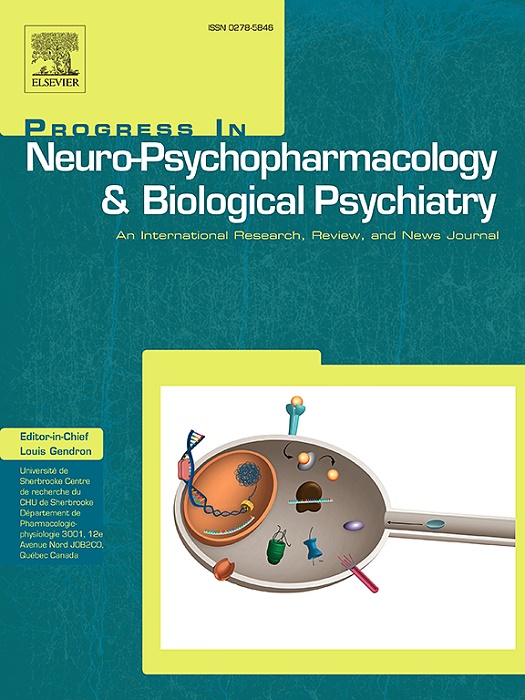Genetic insights of lipid metabolism and lipid-lowering drugs with Lewy body dementia risk: Evidence from Mendelian randomization
IF 5.3
2区 医学
Q1 CLINICAL NEUROLOGY
Progress in Neuro-Psychopharmacology & Biological Psychiatry
Pub Date : 2025-02-08
DOI:10.1016/j.pnpbp.2025.111282
引用次数: 0
Abstract
Background
Lewy body dementia (LBD) is the second common dementia, with unclear mechanisms and limited treatment options. Dyslipidemia has been implicated in LBD, but the role of lipid-lowering drugs remains underexplored. This study aims to investigate the association between lipid traits, drug targets, and LBD risk using Mendelian Randomization (MR) analysis.
Methods
We performed univariable and multivariable MR analyses to evaluate the causal effects of lipid traits on the risk of LBD. Then, drug-target MR analysis and subtype analysis were conducted to evaluate the effects of lipid-lowering therapies on LBD.
Results
In univariable MR, genetically predicted low-density lipoprotein cholesterol (LDL-C) and remnant cholesterol (RC) levels were associated with an increased risk of LBD. Mediation analysis suggested a potential interaction between LDL-C and RC in influencing LBD risk. Drug-target MR analysis identified significant associations between genetically proxied inhibition of ANGPTL3, CETP, and HMGCR and LBD risk.
Conclusion
This MR analysis provided evidence that elevated LDL-C and RC may increase the risk of LBD. Additionally, targeting ANGPTL3, CETP, and HMGCR may represent potential therapeutic strategies for the prevention or treatment of LBD.
求助全文
约1分钟内获得全文
求助全文
来源期刊
CiteScore
12.00
自引率
1.80%
发文量
153
审稿时长
56 days
期刊介绍:
Progress in Neuro-Psychopharmacology & Biological Psychiatry is an international and multidisciplinary journal which aims to ensure the rapid publication of authoritative reviews and research papers dealing with experimental and clinical aspects of neuro-psychopharmacology and biological psychiatry. Issues of the journal are regularly devoted wholly in or in part to a topical subject.
Progress in Neuro-Psychopharmacology & Biological Psychiatry does not publish work on the actions of biological extracts unless the pharmacological active molecular substrate and/or specific receptor binding properties of the extract compounds are elucidated.

 求助内容:
求助内容: 应助结果提醒方式:
应助结果提醒方式:


